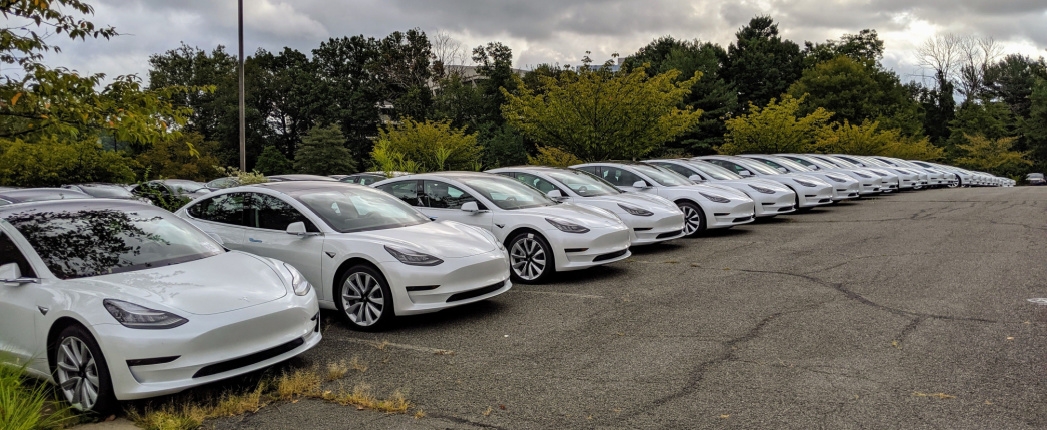
SAN ANTONIO – Electric vehicles may reduce demand for automotive lubricants, but they do still require lubricants, and given the wide variety of designs being employed by original equipment manufacturers, it may take quite a large number of products to keep tomorrow’s car parc running.
A Shell official explained the many factors that could affect performance requirements for EV transmission fluids and coolants at a meeting organized here last week by the Society of Tribologists and Lubrication Engineers.
Speaking at the Tribology and Lubrication for E-mobility Conference, Shell Global Solutions Project Lead for Transmission Fluids Dairene Uy explained that work is also being done to develop single products that can be used for multiple purposes, from lubricating transmissions, motors and axles to cooling batteries, converters and onboard chargers.
Vehicles powered solely by battery do not require engine oils, so a shift to electrified cars and trucks will significantly reduce lubricant demand volumes, even though plug-in hybrids still contain internal combustion engines that do use engine oil.
BEVs and PHEVs both still have numerous components and systems that need to be lubricated, cooled or both, Uy said. The large batteries powering both types of vehicles, along with the copper wirings in electric motors and other parts of the motors all have significant cooling requirements. Bearings in the motor, axles and steering systems need to be greased, and transmissions require lubricants for gears and differentials.
As a nascent industry, EV manufacturers are employing a wide variety of designs, and this greatly increases the number of products needed from the lubricants industry. Some OEMs are employing dry e-motors that are kept separate from the transmission and differential. The transmission fluid for such vehicles must provide excellent friction control along with moderate thermal stability, cooling, foam control, copper compatibility and electrical insulation, Uy said. The motor lubricant must provide very good antiwear and good foam control and efficiency, while the gear oil must provide superior antiwear, good electrical insulation and moderate foam control.
Other OEMs are using wet e-motors, combining and encasing the motor with the transmission and differential. This approach reduces vehicle weight, saving money and increasing efficiency, but adds ramps up the performance requirements for the transmission fluid since it now must also lubricate the motor and differential. These fluids may or may not need friction control, Uy said, but they require superior copper compatibility and excellent copper compatibility, insulation, antiwear, thermal stability and foam control.
As in cars powered only by internal combustion engines, manufacturers of PHEVs are using a variety of transmissions, including manuals, automatics, continuously variable and dual clutch models, each creating different requirements for the transmission fluid. BEVs may employ single- or multi-speed e-axles. Choices in the degree of electrification, gear design and shifting elements also affect lubricant and fluid performance requirements.
“Powertrain topology can add high complexity for selection of the right lubricant,” Uy said. “Only considering the above can easily lead to more than a hundred different fluid options.”
The large batteries and high electrical charges in EVs create big new challenges for lubricant suppliers, Uy said. Formulators are striving to develop coolants that not only remove the large amounts of heat generated by batteries but that also prevent thermal runaway and fires.
Fluids exposed to the high charges created by batteries and copper windings must prevent cracks that tend to develop in insulation and should not react with copper lest they cause corrosion that would sap a motor’s efficiency.
Because they do not contain an internal combustion engine, BEVs have just two main operating fluids, Uy said, a transmission lubricant and a water-glycol coolant. The industry is showing some interest in combining those fluids into a single product – again because it allows reductions in vehicle weight as well as higher vehicle performance.
Using a single fluid would require a wet motor and an immersion cooling system for the vehicle’s battery – both of which reduce costs and improve efficiency. This approach would also simplify the fluid supply chain.
Uy said it is at least conceptually feasible to design a single fluid that serves both functions and meets these challenges.
“Lubricants can be formulated with dielectric properties to enable direct contact with heat sources like batteries, inverters and e-motors,” she said. She declined to speculate about how much OEMs will push for such an approach or the likelihood of formulators succeeding in developing a single fluid.